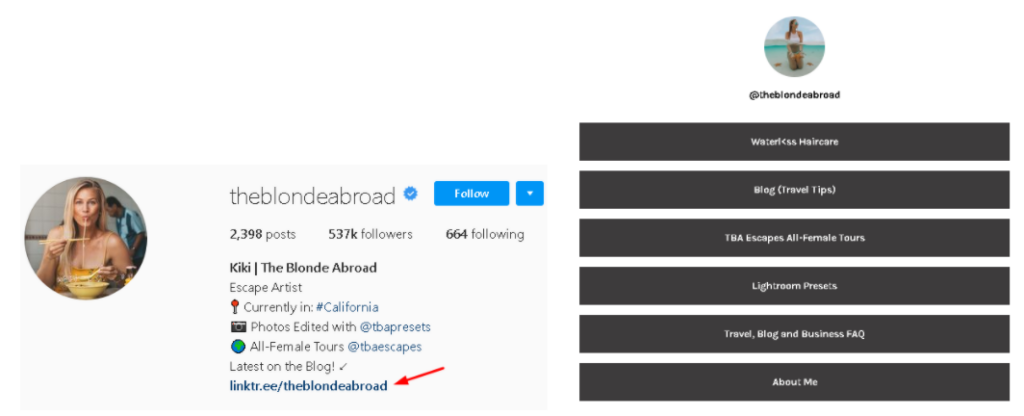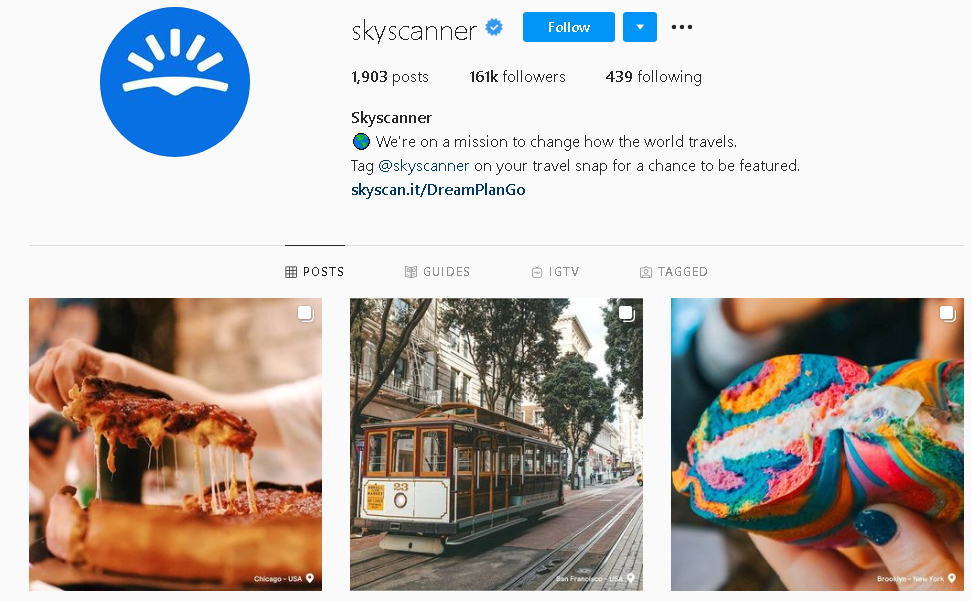What is a social media strategy?
A social media strategy is basically a summary of all you aspire to achieve on social networks. It includes your objectives, thorough analysis of your target audience, content creation plan, posting schedule, and so on. This plan will guide your actions and help you understand whether you will succeed or fail.
The more detailed your road map, the more efficient it will be for business promotion. Your social media plan requires a solid analysis of your current strategy, your audience’s needs, your competition, the overall market, and so on. Below, you’ll find our seven-step social media strategy template that will help you create a well-thought-out plan.
7 steps to building a social media strategy
If you are wondering how to develop a social media strategy that will take your business to the next level, look no further. This seven-step social media campaign template will guide you through creating and adjusting a perfect strategy for your brand.
1. Decide on your objectives
First and foremost, it’s crucial to identify what you want to achieve and pave the right path to reach that goal. On the graph below, you can see the most common social media marketing goals.

With such a large variety of social networks, it’s challenging to create a single strategy that works across all platforms. Instead, some marketers set different goals for each platform. You can use LinkedIn to find B2B partnership opportunities and network. You can use Twitter to establish yourself as a thought leader within your specific niche. While you can use Facebook to increase your outreach.
Whatever social media strategies you choose, make sure to align them with your overall marketing goals. For instance, if you focus on brand growth, it makes sense to use social media to build brand awareness. Those who want to attract new leads should aim at increasing conversions and so on.
2. Conduct in-depth analysis
Once your objectives are clear, it’s time to audit the content you’ve published so far as well as research your audience and competitors.
Your present strategy
To strategize your marketing approach, it’s paramount to understand your starting point. List all your social accounts and set up a monitoring program. This will also allow you to manage imposter profiles for your brand should they crop up.
Next, identify your highest and lowest performing posts and look for patterns. What types of content, channels, and strategies appear to be working best for your audience?
It’s equally important to evaluate the overall performance of each network with respect to your marketing goals. Does each platform generate equal engagement with your audience or do some perform better than others? If certain platforms are more effective for you, focus on those more.
It’s worth tracking progress over time. Thus, you’ll understand seasonal changes and won’t miss any unusual variations. To this end, social media management tools can help you measure your success.
Your audience
A winning content marketing strategy always builds on understanding who one’s readers are and what they are looking for. By researching your audience, you’ll be able to create materials that they can relate to, as well as boost engagement and conversions.
Try to gather as much data about your readers as possible: their age, geolocation, profession, average income, hobbies, behavior on the Internet, etc. Many networks offer built-in analytics that will help analyze your audience and fine-tune your strategy accordingly.
Your competitors
Competitive analysis helps you better understand the market, identify the strengths and weaknesses of your rivals, and reveal your own potential for development. It’s in your best interest to analyze your competition’s social presence (popular pages, engagement, content marketing strategies, traffic volume, etc.) as well as followings. Things that are working for other brands might be able to boost your own and uncover more growth opportunities.
For example, you may discover that your competition is pretty strong on one social network, while readers are underserved on other platforms. Or, you may discover that your competitors are targeting a different audience and you can reach out to a new segment too.
Another way to spy on other brands is through social listening. By monitoring the social media mentions of your rival brands and products, you’ll get a good sense of what is going on within the niche and what people are saying. You’ll also see trends and shifts in real time, which allows you to respond to them more quickly.
3. Choose the right social networks
With so many networks to choose from, there is not much point in building a presence on all of them. Instead, try to focus on the platforms that are most popular with your readers and align with your content marketing strategy. A careful audience analysis will take the guesswork out of your social media planning and make it more efficient. Then, research your competitors and see where they have the biggest followings.
Understanding the specific context of each network will also help you take a foothold. Read on for our tips on how to use different social networks and messengers for affiliate marketing in this free guide.
4. Create a compelling social profile
Once you identify the networks to focus on, it’s time to work on your profile on each network to make it more reflective of your brand and more attractive to your audience. Start by enhancing your:
- Profile name. Make sure that followers can easily find you by typing in your brand name. On that note, it doesn’t hurt to take up that name on all available networks in case you decide to establish a presence on another network later.
- Profile picture. The question here is whether you should go with a logo or personal photo. If you are the face of the company, it makes sense to use your picture, like Neil Patel does.
Otherwise, you can stick to your brand’s logo, especially if you don’t want your brand to be associated with you. Whatever you choose, make sure to use the same picture across all social networks to foster brand recognition.

- Link. Add the link to your website on the main page of your social profiles, so if your followers are eager to learn more about you and explore what you offer, they can do so easily. Tools like Linktr allow you to add more links to your profile, which is problematic in case of Instagram.

- Bio. Treat your bio as an opportunity to promote your brand while including keywords. You may prepare several texts, as each platform allows for different description volumes. For example, LinkedIn offers up to 2,000 characters, while Twitter only allows you to write a short bio. Use this space to tell a compelling story about your brand and add a call to action.

- Profile fields. Finally, be sure to answer all profile questions to build credibility. The more users know about you, the more they can relate to you.
5. Create great content
High-quality content is a cornerstone of any social media marketing strategy. Your content can benefit a great deal from a thorough audience analysis, as you’ll have an understanding of what your followers are looking for so you can deliver accordingly. This is important as irrelevant content is the reason why 51% of consumers unfollow brands on social media.
Travel brands can leverage social media to share engaging visuals and inspire their audience to plan their next trip. For example, Skyscanner shares photos of the destinations their clients can fly to.

However, you don’t have to stick to a single type of content. Testing different formats and topics can also work wonders for your campaign. For instance, Booking.com posts photos, videos, surveys, top lists, news from partners, and all kinds of content in between on its Facebook profile.
Another secret to social media success is conversational copywriting. When making posts, try to imagine that you’re talking with a friend and write the text accordingly. People want to know there is actually a human behind the brand and, by engaging with you on social media, they can feel connected, which will help build trust.

Content creation requires quite a lot of effort, especially long-form content, which generates more shares and backlinks. There is only so much time you can dedicate to writing posts, so why not delegate the task to professionals? To this end, we’ve compiled a list of the best resources around to look for content writers.
6. Set a posting schedule
Creating a posting schedule affords you the opportunity to carefully plan your content to achieve maximum impact. At first, you can apply the 80-20 rule by making 80% of your posts educational and useful for your audience, while 20% are promotional.
Next, decide on how often you will be sharing posts to make your foray into social media more cohesive. The frequency hinges on many factors, such as norms within your niche, target audience, resources, or the best practices of each network. Some platforms favor frequent posting. For example, you can safely post up to 10 times a day on Twitter and Pinterest. On other networks, such as Facebook, Instagram, and LinkedIn, it’s best to share only one or two posts a day.
A stellar social media marketing strategy also takes into account the optimal times for publishing on each network.

Most blogging platforms offer scheduling features, so users can plan their future content right there. Otherwise, you can benefit from third-party scheduling tools like Sprout Social, CoSchedule, or Feedly (to name a few). Here is an example of a social media marketing plan template made on Asana.

7. Assess your results and adjust your strategy
Now that you’ve charted your road to success, it’s well worth keeping your campaign firmly in sight of that goal and tracking its performance. This will allow you to find out which tactics work best for your audience and prevent you from missing any shifts. Also, if you test different types of content or campaigns, tracking allows you to assess their efficiency.
To this end, you can benefit from built-in analytic tools on each social network or use third-party social media management tools. This is even more important when running paid campaigns, as calculating return on investment will help you choose only efficient strategies. In this case, ROI doesn’t necessarily have to be monetary, it can also be likes, shares, and comments.
Another way to obtain insights into the efficiency of your marketing is by running surveys. For one, you can email your subscribers and ask what kind of content they’d like to see more of and which networks they prefer. Or, create popups on your site that will appear for each visitor.
How to create a social media strategy for your blog
A stellar social media strategy outlines a cohesive approach but is quite easy to develop and doesn’t require any serious marketing skills. Start by deciding on your goals and carefully analyze your audience and niche. Based on your findings, choose the social networks that will ensure the maximum outreach, set up your profiles, and start delivering content. However, don’t expect your strategy to go very far without constant monitoring and re-assessing. Social media changes fast and so should your campaigns.




